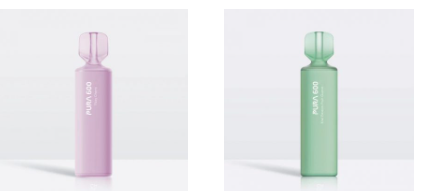Plastics Rotomolding, often known as Rotomolding, is a developing method that utilizes substantial temperature ranges and a slowly rotating mildew to make plastic items of various shapes and sizes. The process is widely used in lots of market sectors, such as auto, aerospace, meals, and health care and others. Nevertheless, regardless of its popularity, the process is not really well-realized, with many men and women still questioning what rotational molding is all about. In this posting, we are going to demystify rotational molding and require through all that you should understand about the approach.
Knowing Rotational Molding Procedure
The whole process of rotational molding entails a variety of techniques, starting with the preparation of the mold. When the mildew is well prepared, it is then filled up with plastic material resin and heated before the resin melts and coats the interior wall surfaces of the mold. The mildew is going to be rotated slowly both in the straight and side to side instructions, letting the resin to evenly distribute and adhere to the fungus. The rotating mold will be cooled, the plastic material shrinks and solidifies, and the finished item is taken out.
Great things about Rotational Molding Procedure
Just about the most substantial advantages of the rotational molding process is its overall flexibility. This process can certainly produce a variety of dimensions, designs, and work surface surface finishes, making it perfect for numerous sectors and apps. Another benefit of rotational molding is it can create sophisticated component geometries, creating the technique well suited for many higher-performance software. In addition, molds can be accomplished utilizing many different components, which include aluminium, steel, and cast metal, permitting cost-effective style iterations and mass manufacturing.
Materials Found in Rotational Molding
The types of materials found in rotational molding involve a selection of plastic-type resins, including polyethylene, polypropylene, PVC, and nylon material. Every single resin has diverse properties and qualities, rendering it appropriate for distinct applications. Polyethylene is regarded as the frequent material used in rotational molding because of its affordability, toughness, and potential to deal with chemicals. Also, it is lightweight and highly flexible, making it suitable for use in automotive and marine programs, along with children’s play ground equipment. PVC, alternatively, is strong, durable, water resistant, and substance-resilient, making it perfect for utilize in medical devices and meals digesting market sectors.
Applications of Rotational Molding
Rotational molding has numerous apps across numerous market sectors, such as auto, aerospace, sea, health care, and industrial. Inside the car industry, rotational molding is commonly used to make numerous parts, including automobile bumpers, fuel tanks, and oxygen tubes. From the aerospace sector, rotational molding is utilized to produce light, resilient elements for airplane. In the sea industry, rotational molding is used to help make affect-tolerant hulls, buoys, and dock floats.
Verdict:
Rotational molding can be a adaptable and cost-efficient production method which is used in several sectors. It enables the creation of complex and durable pieces with an array of sizes, shapes, and area coatings. If you are looking for the reliable and inexpensive developing process to generate plastic-type material components, rotational molding ought to be at the top of your list. Hopefully this informative guide has helped demystify the rotational molding method and offered that you simply greater comprehension of its positive aspects and software.



